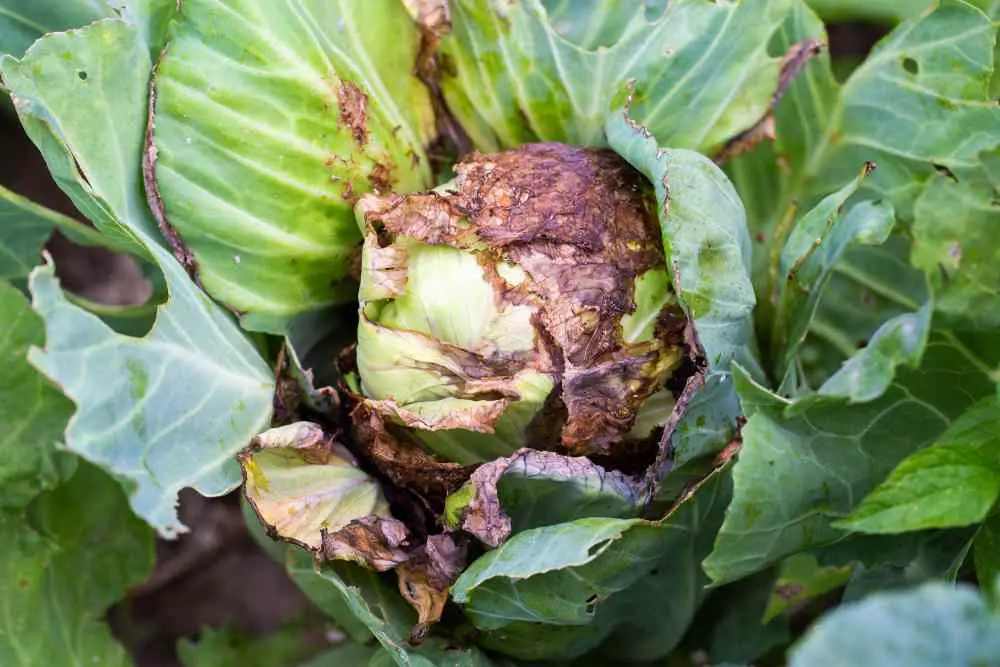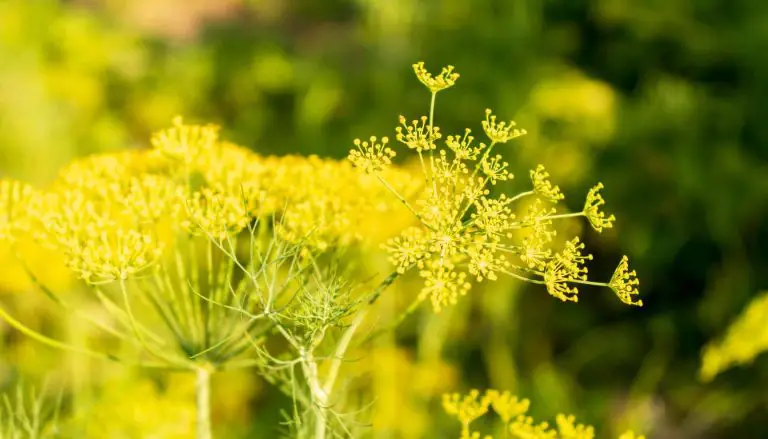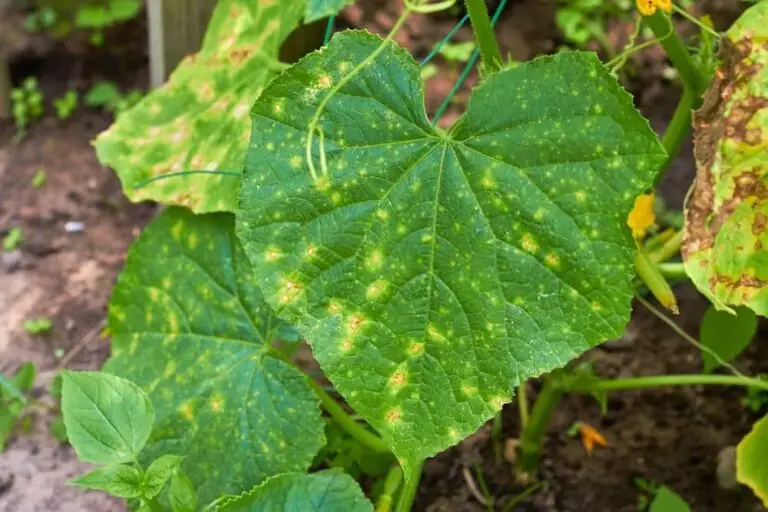Difference Between Bacterial and Fungal Disease in Plants
The diagnosis of plant diseases can be challenging. Areas of white or brown color can be seen on the upper and lower sides of the leaves and stem. This typically happens during the hot, dry seasons. Plant development is additionally impacted.
A bacteria, fungus, or virus causes disease in plants. If feasible, you can diagnose and fix the issue with a greater comprehension of each. Therefore you must be aware of the difference between bacterial and fungal disease in plants.
What Are Bacteria?
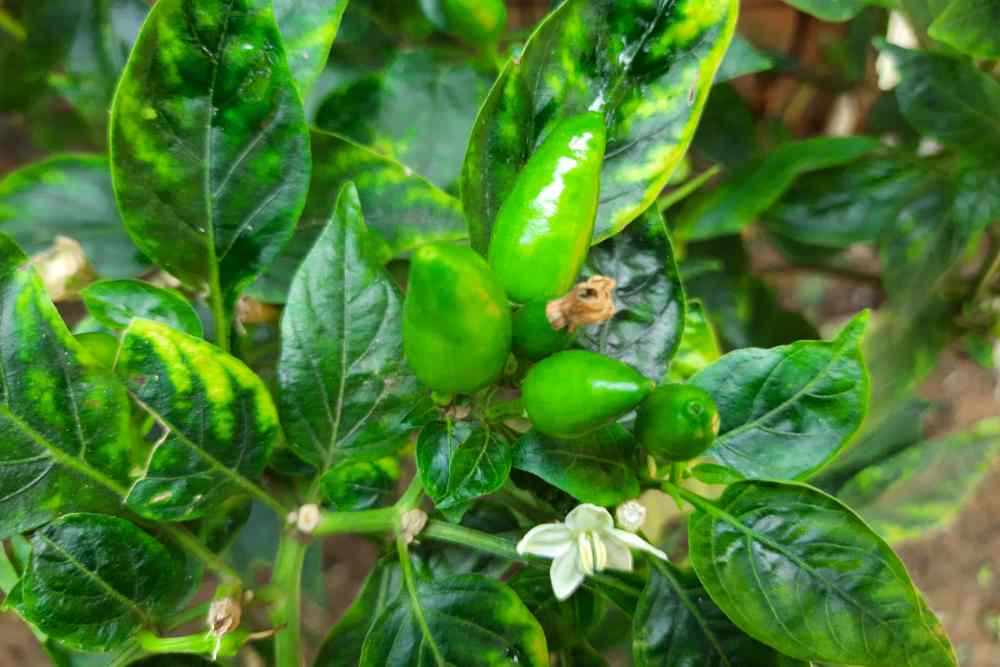
They are prokaryotic microbes, and it was previously thought that they originated roughly 3.5 billion years ago. They can either be autotrophs, which means they can produce their food through the process of photosynthesis, or heterotrophs, which means they must rely on their host for nourishment. Spiral, rod-shaped, and spherical are the three typical forms of bacteria. They can reproduce asexually through binary fission or conjugation.
Some bacteria are beneficial to soil and plants. Although there are millions, the majority are helpful. However, about 200 different bacterial species can affect plants with diseases. As a result, you’ll notice the most signs of their existence in warm, humid surroundings where they are most active. A bacterial infection might produce many different symptoms.
In this instance, the bacteria that infect the plants generate a deadly toxin that destroys the neighboring plant cells. The plant responds by isolating the diseased cells by defensively destroying the nearby plant cells. These dead cell regions can sometimes separate, leaving what seem to be “shot holes” in the leaves.
The ability of a plant to distribute nutrients and water to its other parts can become clogged by bacteria. The plant eventually starts to wilt or droop. If this process moves quickly, you can notice a severe drop in your plants within one day. Cankers and soft rot, which are sunken areas created by dead plant tissue, are two additional signs contributing to the plant tissue’s degeneration.
In other situations, galls abnormal growth is the symptom. Plants produce many new cells quickly in response to these bacterial invasions. Large, irregularly shaped growths on the plant or root are frequently an indication of this. Insects, water splashing, infected plants, and equipment are just a few ways bacteria can spread.
The most effective technique to control bacteria is to treat plants before any damage has even been done as a preventative approach. Good cultural practices are also usually beneficial, including cleaning up the machinery and clearing away all plant debris.
How To Identify Bacterial Infections
Many bacterial infection symptoms are difficult to identify, making diagnosis challenging. However, “bacterial ooze” is a typical feature of bacterial plant disease. But “bacterial ooze” is a common aspect of bacterial plant disease. This might show up as water-soaked lesions on the leaves or as bacteria steaming in water from a broken stem.
Other bacterial diseases of plants include cankers, fruit spots, and leaf spots with a yellow “halo.” Some plants may have crown galls, and woody plants may have shepherd’s crooks at the stem ends.
What are Fungi?
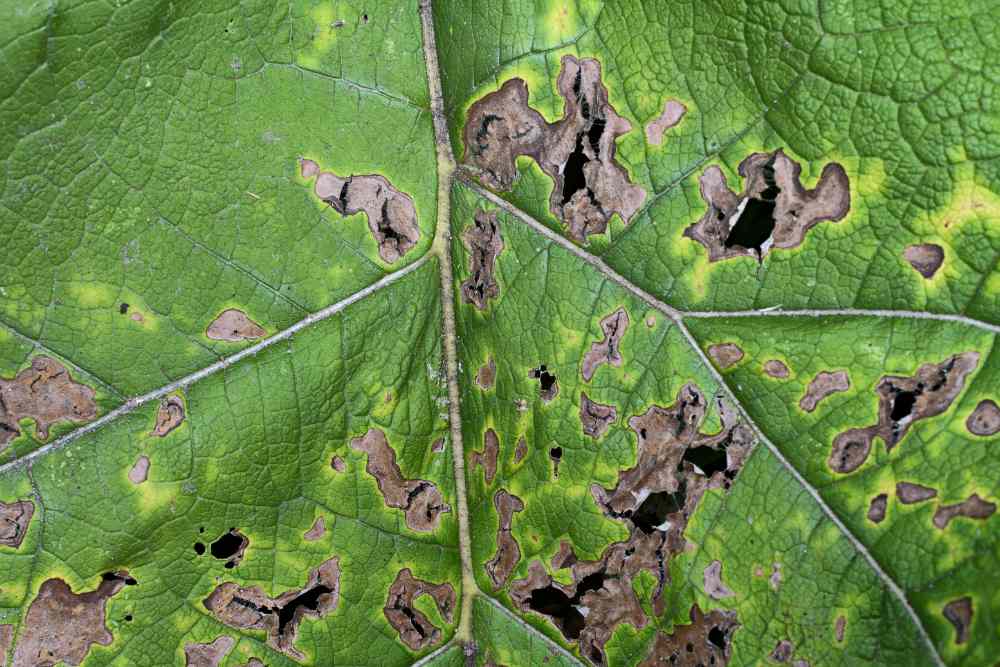
Eukaryotic organisms called fungi might have one cell, like yeast, or many cells, like hyphae. They originated from protists and went through an evolutionary process 900 million years ago. Typically, they are found in hypha, a structure resembling a thread. Once they have grown, the thick mass they produce is known as mycelium.
They are heterotrophic organisms that use organic carbon as a nutrient, and enzymes for hydrolysis are also secreted by them. They are living things that have died and decomposed and provide food for fungi. By growing branches, fragmenting, budding, and other processes, they can reproduce sexually and asexually.
Similar to bacteria, a large number of fungi are beneficial for gardens. However, thousands of fungi are poisonous to plants, unlike bacteria. You will likely have fungal issues the most frequently. Because there are fungi in the soil and above ground, fungal attacks can cause symptoms to show both above and below ground. These include rotting or dead roots and huge swellings on underground roots.
The stems of young seedlings may decay and collapse at the soil level. Plants can exhibit wilts, rusts, leaf spots, and mildew (which appear as white or gray powdery patches on the foliage). Due to their small size and lightweight, fungi can spread quickly and widely via the air to infect neighboring plants and trees.
People, animals, insects, and water can also spread them. Whenever feasible, choose disease-resistant types while trying to protect your plants from fungi. Another method is to reduce the amount of water that comes into contact with the leaves. Early in the day, water is at the soil level, and if the leaves become wet, they will dry fast. Pruning and maintaining adequate plant spacing will also help to ensure good air circulation.
As with bacterial outbreaks, fungal outbreaks can be controlled by removing all diseased plants or plant parts. Another option is to use a fungicide. Both organic (copper, sulfur, and baking soda are popular) and synthetic treatments are available.
Applying these treatments before outbreaks happen will result in the most effective control since they work best at stopping the development of new fungal spores.
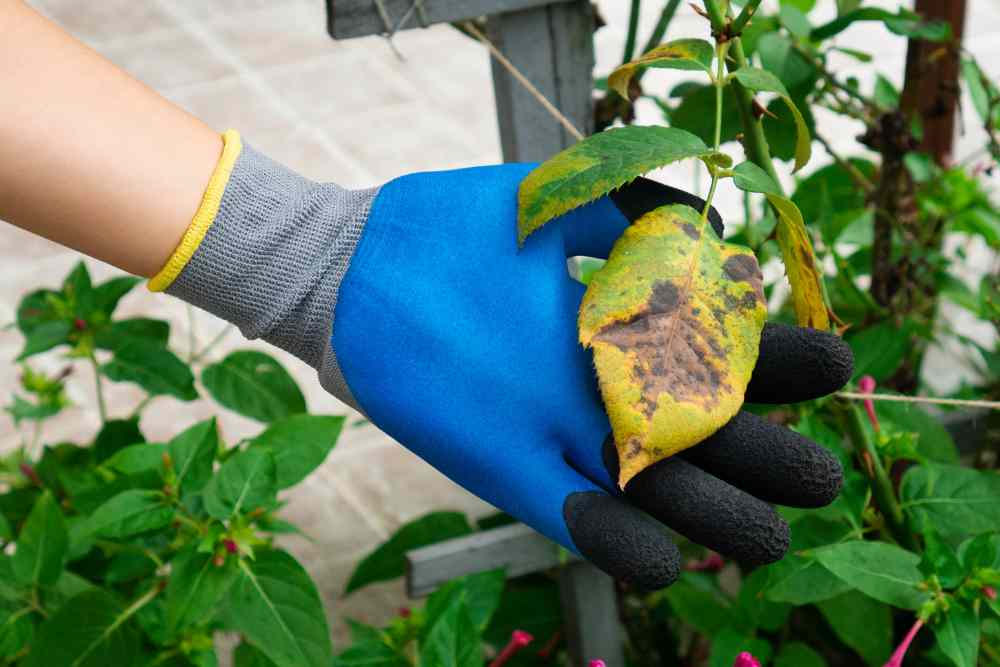
How To Identify Fungal Infection
The detection of fungal plant disease is simpler than bacterial. You’ll see that a few of your plans seem strange or some leaves need to be discolored. Fungal symptoms include leaf rust (common leaf rust in maize) and stem rust (wheat stem rust).
On the tops of the leaves, sclerotinia (white mold) or powdery mildew may be present. Chlorosis (yellowing of leaves) and leaf spots (septoria brown spot) are signs of fungi infections. A birds-eye spot on berries (anthracnose) or damping off of seedlings (phytophthora) are examples of other plant fungus symptoms.
Treatment And Prevention Of Fungal And Bacterial Diseases
Infections caused by bacteria and fungi must be eradicated completely. Your plants could require more than one water-soluble treatment because the initial round might not eliminate all bacterial spores or cells. Copper sprays can help slow the spread of infection, but in many cases, killing the affected plants is the only choice. Your potted plants may need to be replaced in new soil or shifted to prevent regrowth.
All diseased plants in gardens need to be removed. You can save the rest of your plants, but stopping the spread of bacteria or fungal spores is essential. Frequently, the only method to prevent both bacterial and fungal diseases of plants is with regular applications of antibacterial and antifungal sprays and water soluble fertilizers.
| Characteristic | Bacterial Disease | Fungal Disease |
|---|---|---|
| Causal Agent | Different types of bacteria, such as Xanthomonas, Pseudomonas, and Erwinia | Various types of fungi, such as Fusarium, Phytophthora, and Pythium |
| Symptoms | Water-soaked lesions, yellowing, wilting, and leaf drop. | Visible spores, powdery or fuzzy growth, cankers, leaf spots, and discoloration of plant tissues. |
| Mode of Transmission | Through wounds, natural openings, and insect vectors | Through spores, soil, contaminated tools, and seeds |
| Disease Spread | Rapidly, often through the plant’s vascular system, and can affect entire plant parts | Slowly, through the surface of the plant, and often affects specific plant parts |
| Treatment & Prevention | Copper sprays, and biological control agents, destroy infected plants, planting resistant cultivars, cultural practices, and sanitation | Fungicides, biocontrol agents, destroy infected plants, planting resistant cultivars, cultural practices, and sanitation |
It’s important to remember that this list is not all-inclusive, and that, depending on the particular pathogen and host plant involved, there may be further distinctions between bacterial and fungal diseases in plants. The best control methods to prevent and treat plant diseases must be chosen after a proper diagnosis and identification of the causal agent.
- 20+ Chic Boho Bedroom Ideas for a Cozy and Stylish Retreat - June 20, 2024
- 12+ Modern Boho Living Room Ideas to Create a Unique Oasis - June 10, 2024
- 10 Stunning Canopy Bed Ideas for a Dreamy Escape - May 16, 2024

